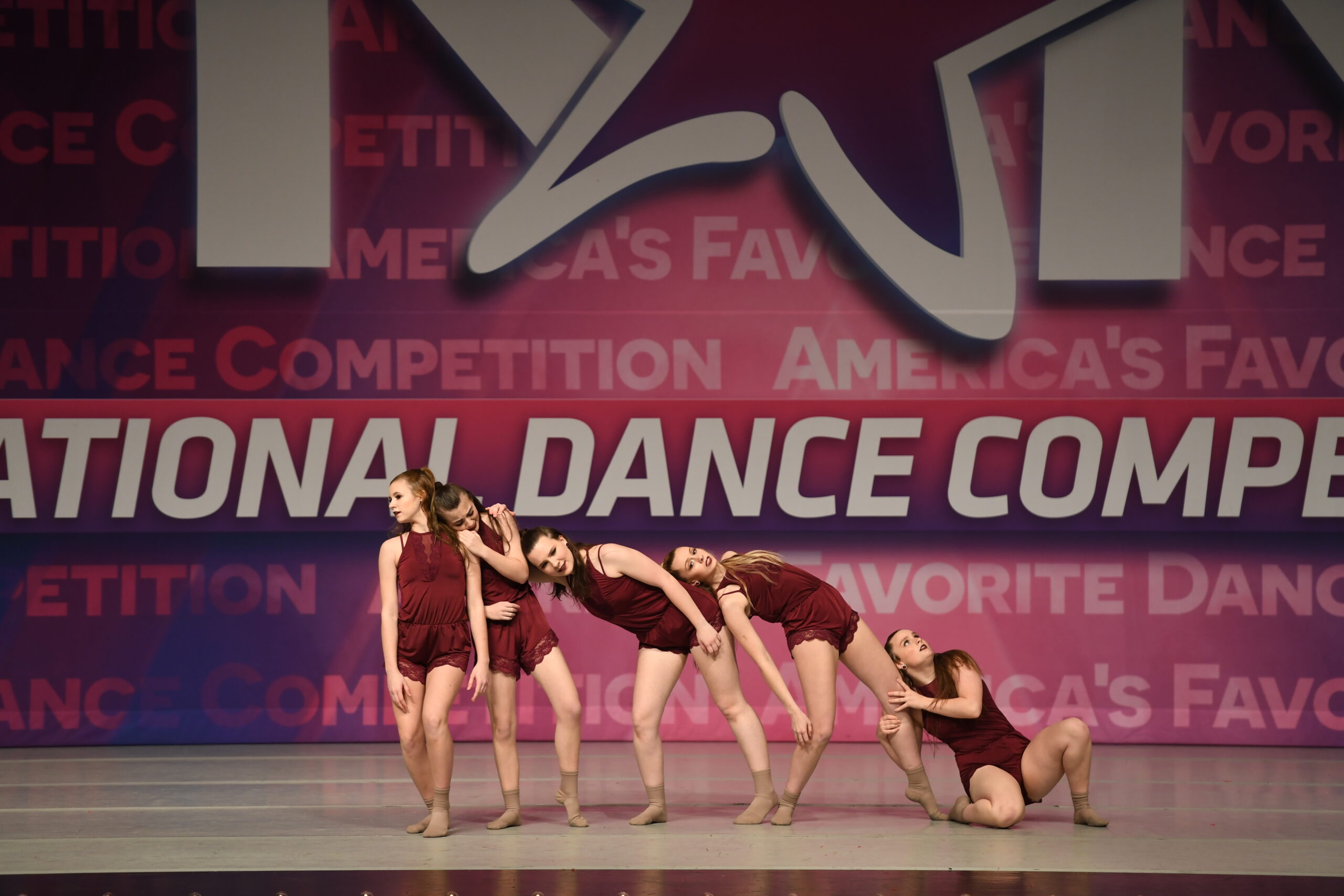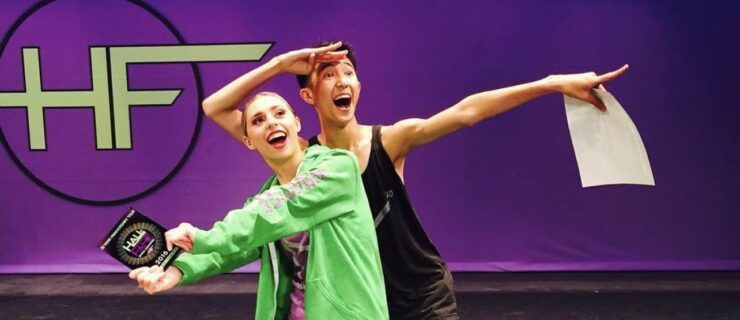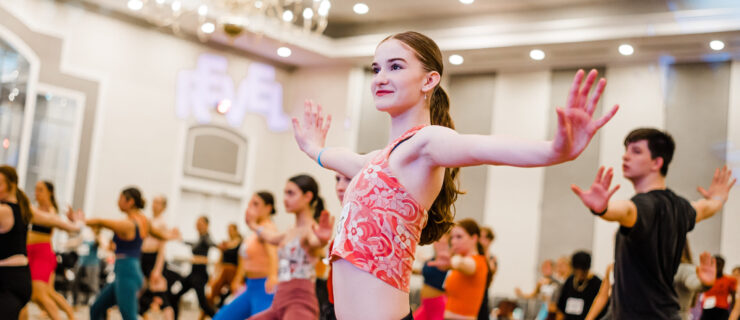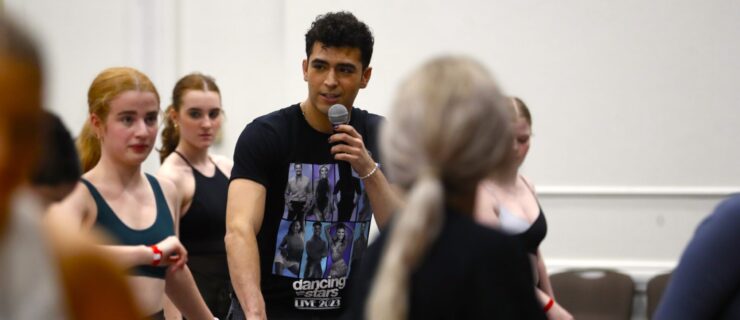The Evolution of Competition Contemporary
Ask competition judges which style they adjudicate the most, and they’ll likely say “contemporary.” It is an absolutely packed category at most events. But what exactly is it? Contemporary dance doesn’t have a codified technique. True to its name, it looks remarkably different now than it did 10 or even five years ago. And at this point it’s several generations removed from its closest competition-world ancestor, the “lyrical” style of the 1990s.
With its blend of lyrical, modern, postmodern, and commercial dance, comp contemporary is full of possibilities. Here, three competition-dance educators share how they’ve seen the genre evolve.
The Origins of the Style

Most of the teachers and choreographers currently shaping competition dancers were students of two worlds: competitive dance and concert dance. Growing up in the competition scene, says judge and choreographer Chané Coleman Derden, “the closest I got to contemporary was lyrical”—a mix of ballet and jazz that often features an emotional interpretation of a song’s lyrics.
Many of these artists first immersed themselves in the concert-dance world in college. When Derden was at Sam Houston State University, “being able to study classic modern technique was exciting and very eye-opening for me,” she says.
The eclectic look of today’s competition contemporary reflects the diverse influences of the dance educators now working in comp spaces. They’ve studied everything from the full-bodied athleticism and emotional realism of Mandy Moore’s lyrical to the stylized walking patterns and nuanced gestures of Meredith Monk’s performance art. And their hybridized style has helped blur the line between comp kids and concert dancers, a line that was once difficult to cross.
A Continual Transformation
Comp contemporary is in a constant state of change. “For a few years contemporary seemed to go very conceptual, very sharp, and there was a lot of robotic music and movement,” says competition choreographer Amber Lewis. Now she’s seeing a shift toward more free-flowing movement alongside acrobatic tricks, floorwork, and detailed transitions. Those varied elements make the routines very exciting, she says.

College professor, choreographer, and competition judge Bekka Bennett has noticed athleticism and gestural motifs as current trends in contemporary. She’s also seen the incorporation of other popular dance styles. “The most interesting blending I’m seeing in contemporary dance is the heavy influence of hip hop, as well as the investigation of distorted acro in floorwork and partnering,” Bennett says.
Preparing Dancers to Compete in Contemporary

Dancers need to train in multiple styles to excel in comp contemporary. Acrobatic skills are increasingly important. “Head cartwheels, forward rolls, and headstands are easier to teach in an acro setting,” Lewis says. Derden believes strength training is particularly crucial for contemporary dancers. “Strong dancers have better endurance onstage and are able to try more with less risk of injury,” she says.
Artistically, comp contemporary is about being different, questioning traditional beliefs, and making the judges think. Bennett emphasizes the importance of play. A sense of curiosity and exploration “helps those simple moments, like walking or running, feel easier,” Bennett says. “Improv as much as you can to fully understand what movement is to you, and how you apply your humanity to your contemporary choreography.”




